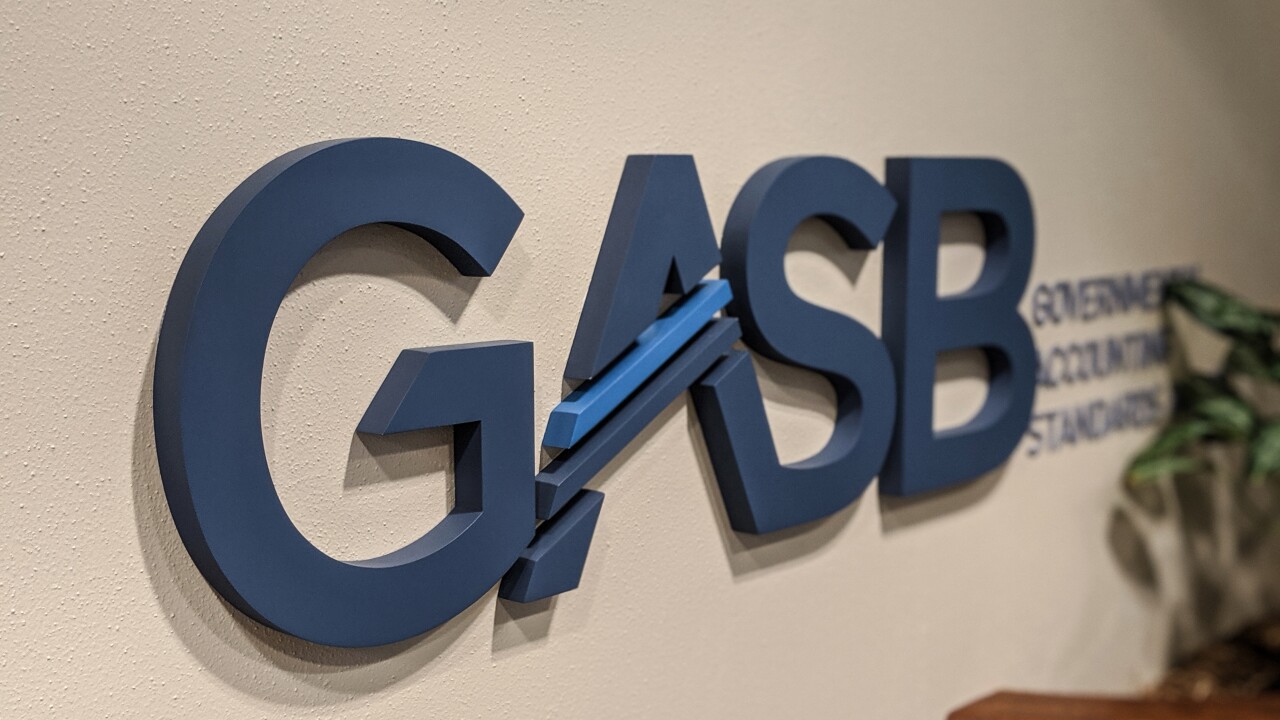
DALLAS -- Guaranteed availability payments are becoming more attractive than toll and fare revenues to private investors in transportation infrastructure public-private partnerships, according to transportation officials at Tuesday's White House summit conference on infrastructure investment.
Availability payments avoid the perils of over-ambitious traffic projections that can result in disappointing or volatile collections, said Greg Nardeau, acting head of the Federal Highway Administration.
A variety of state and local taxes can be used to support availability payments, Nardeau said, and a recent policy change by the FHA allows state transportation departments to pledge federal grants to those payments in long-term P3.
Availability payment P3s can now count on a level of federal assistance "comparable with that of a traditional public works projects," Nardeau said.
"The private sector is the third leg of the infrastructure funding stool," he said.
In an availability payment P3, the concessionaire is guaranteed an annual payment by meeting or maintaining specified operational benchmarks over 30 years or more. The public partner collects any tolls or fares, and decides how to allocate the revenue.
The conference on developing public-private partnerships and other innovative infrastructure funding methods was sponsored by the U.S. Transportation and Treasury Departments.
A new federal P3 center will connect investors with local infrastructure projects, said Transportation Secretary Anthony Foxx.
"This country has under-invested in infrastructure for too long," Foxx said. "If you have a project that might be attractive to private investors, give us a call. If you're an investor that wants to find a project, give us a call."
The best markets in the world for P3 investors are northern Europe, Canada, and Australia, said Jim Barry of BlackRock Inc., a global infrastructure investor.
"The United States should be in that group," he said. "The money is out there but there just are not enough of the right type of projects to attract the right type of investors."
Availability payments allow the concessionaire to focus on operating the infrastructure, Barry said.
"Availability payments are something we really like," Barry said. "It puts the responsibility for raising tolls onto the public sector, because that is a political process."
The U.S. market for P3s with availability payments is expanding, Moody's Investors Service said in a report released Monday. Recent project closings with availability payment structures cited in the report include the $370 million I-69 project in Indiana, the $2.3 billion I-4 project in Florida, and the $1.5 billion Goethals Bridge reconstruction by the Port Authority of New York and New Jersey
Nine other availability P3s are expected to close in the U.S. over the next 12 to 18 months, Moody's said.
"Aided by supportive legislation and public policy initiatives, more P3 availability payment projects are reaching financial close or are in procurement than ever before," said analyst John Medina in the report.
Treasury Secretary Jack Lew said the U.S. faces a $1 trillion gap in road, water, and power infrastructure funding through 2020.
"That means we have to work more closely with the private sector and channel more private investment into infrastructure projects," Lew said.
"These partnerships give investors a steady, long-term return on their investments, they allow state and local governments to expand the roads, bridges, ports and airports we all depend on, and they often can help reduce total costs and increase quality of service," he said.





